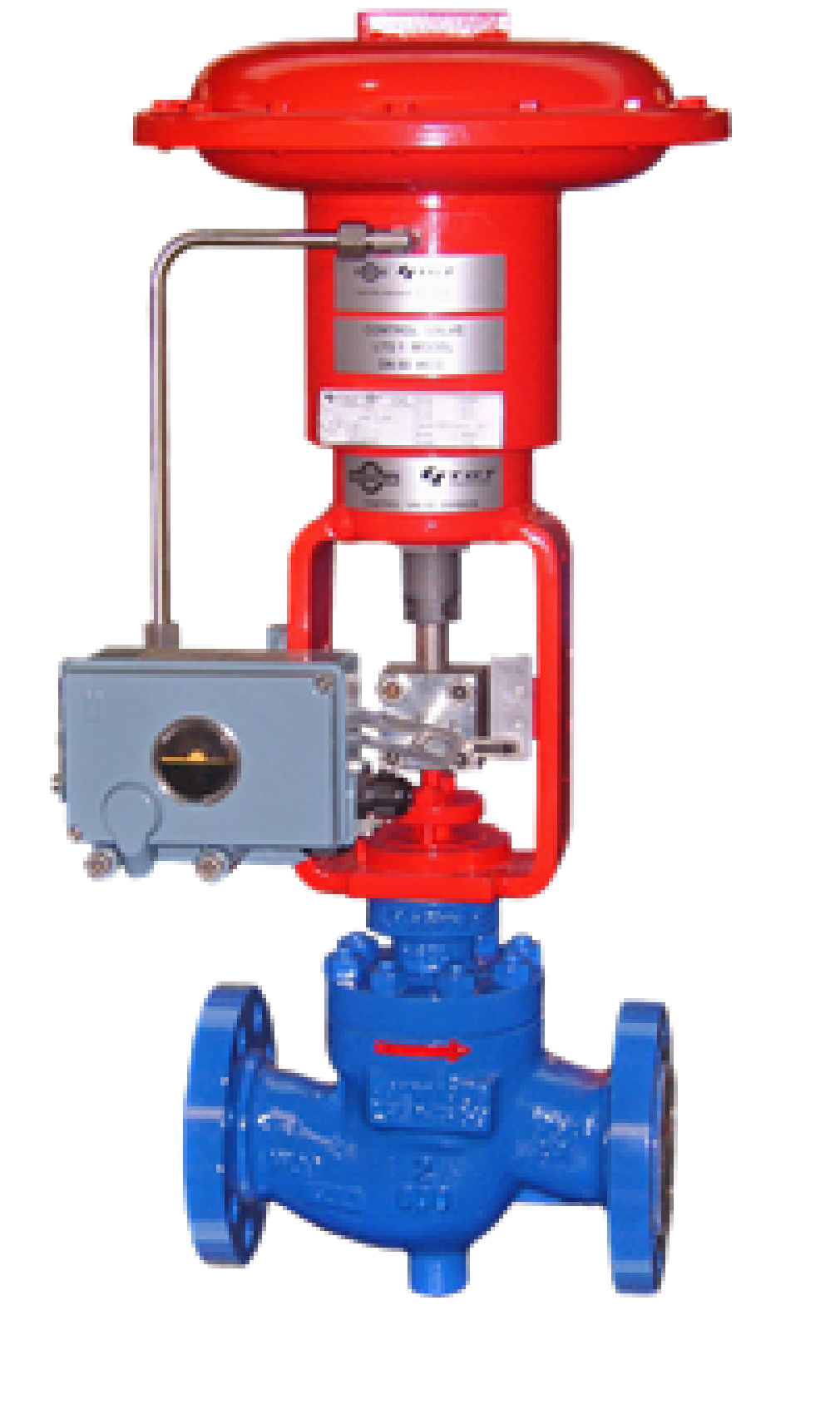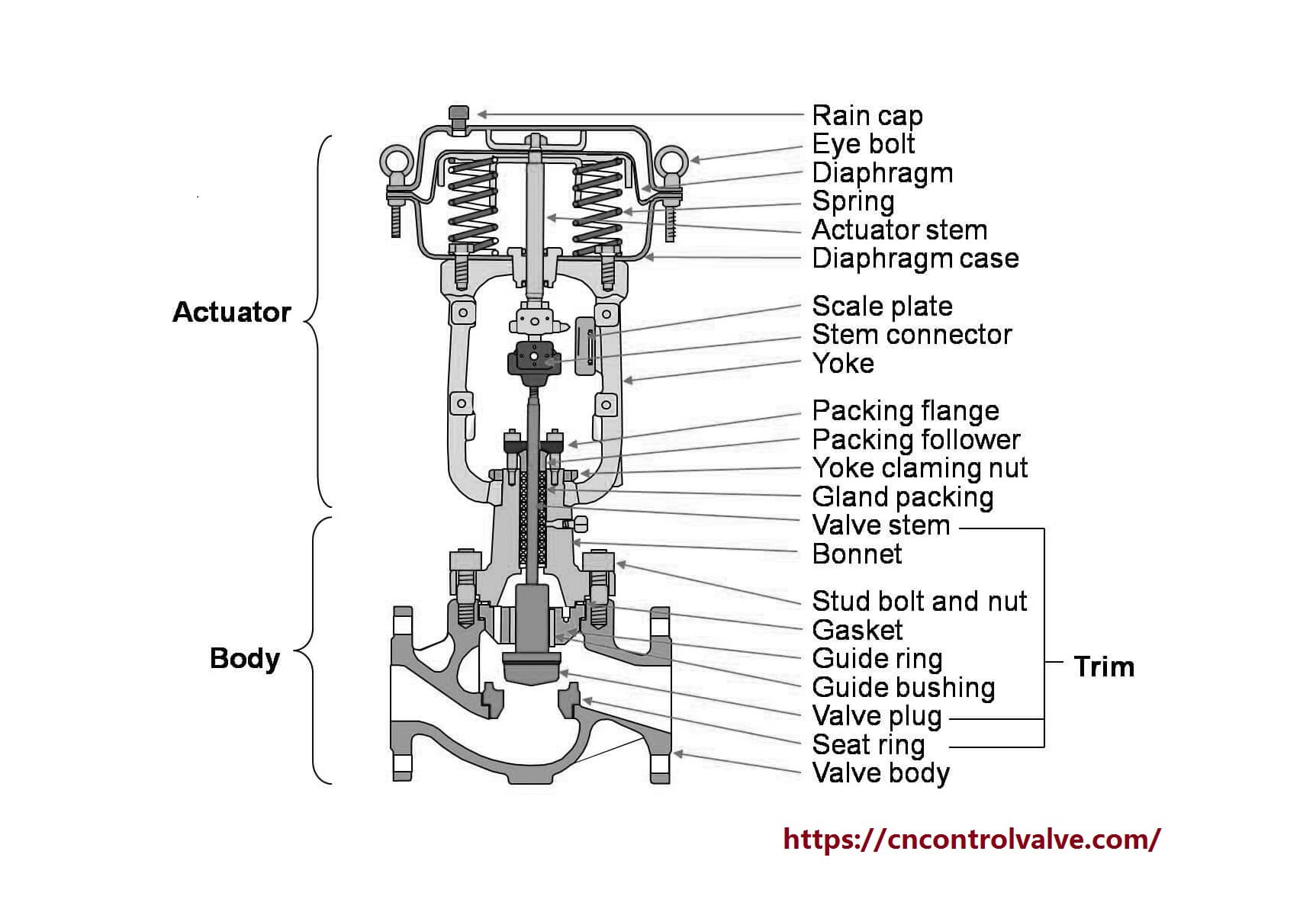
Maximize Power Savings and Convenience With Advanced Structure Automation Controls
In the world of modern design and center monitoring, the assimilation of sophisticated structure automation regulates stands as a pivotal advancement. The merging of innovation and sustainability has birthed a brand-new era where energy effectiveness, comfort optimization, and functional streamlining are no longer distant ambitions but attainable truths. By using the power of automation, buildings can adjust, react, and develop in ways that were once inconceivable. The potential for considerable power cost savings and enhanced convenience is not just a possibility however an assurance waiting to be fulfilled. This paradigm change in building administration holds the key to unlocking a globe where environmental conscientiousness and occupant wellness sympathetically exist side-by-side within the walls of our structures.
Energy Performance Advantages
Energy efficiency advantages can dramatically reduce power usage and functional costs in buildings. Energy-efficient systems, such as innovative building automation controls, can enhance the use of sources like air conditioning, home heating, and lighting, leading to reduced energy expenditures over time.
In addition, enhanced power efficiency can extend the lifespan of structure devices and systems. By operating extra successfully, HVAC systems, lighting fixture, and various other building parts experience much less deterioration, resulting in decreased upkeep and substitute costs. Additionally, energy-efficient structures frequently regulate greater building values and rental rates, offering lasting monetary advantages to proprietors.
In addition, energy effectiveness can boost passenger convenience and productivity. Effectively regulated indoor settings with ideal illumination and thermal conditions create an even more favorable and positive work space, leading to improved employee fulfillment and performance. In general, the energy effectiveness benefits connected with innovative structure automation controls are diverse, encompassing price financial savings, environmental stewardship, and owner health.
Boosted Convenience Control
Enhancing convenience control in structure settings calls for a sophisticated combination of innovative automation systems for ideal owner well-being. By utilizing sophisticated building automation controls, centers can customize the indoor environment to meet the details requirements and preferences of passengers. These systems allow exact law of lighting, temperature, and air flow, producing a comfortable and effective atmosphere. Owner fulfillment and efficiency are closely connected to thermal comfort, making it vital to have systems in area that can adapt to changing problems in real-time.
By integrating these innovative controls, buildings can not just improve comfort yet likewise boost energy performance by enhancing system operations based on real occupancy and use patterns. Inevitably, prioritizing resident convenience through innovative automation systems leads to a much more enjoyable and healthier interior environment.
Functional Efficiency Improvements

In addition, the implementation of real-time tracking and analytics devices enables building drivers to identify energy inefficiencies and operational abnormalities promptly. By constantly keeping an eye on energy use patterns and system efficiency metrics, adjustments can be made in real-time to maximize power usage and make sure peak operational effectiveness. control valves. Furthermore, incorporating need feedback approaches into structure automation controls can further enhance operational efficiency by dynamically changing power use based upon grid conditions and prices signals
Indoor Environment Optimization
Efficient indoor climate optimization is a basic facet of building automation controls, making certain occupants' comfort and health while taking full advantage of power savings. By making use of sophisticated sensors and controls, constructing automation systems can constantly change and check temperature, moisture levels, air top quality, and ventilation to create an optimum interior setting. Preserving constant and comfortable problems not just improves resident contentment however likewise improves efficiency and general well-being.
Indoor environment optimization additionally plays an essential role in energy effectiveness. By fine-tuning heating, cooling, find and air flow systems based on real-time data and tenancy patterns, constructing automation controls can dramatically lower power usage - control valves. Applying approaches such as demand-controlled air flow and thermal zoning can help minimize power waste while making certain that each location of the structure obtains the needed conditioning.

Sustainable Environment Creation
Structure automation controls not only optimize interior environment conditions for energy performance and owner convenience however likewise lay the foundation for creating a sustainable environment with strategic management of systems and resources. By integrating innovative structure automation modern technologies, such as sensing units, actuators, and intelligent software application, facilities can readjust and check energy usage in real-time to decrease waste and minimize their carbon footprint. These systems make it possible for anticipating maintenance, identifying potential view publisher site issues before they intensify and enhancing tools performance to enhance durability and efficiency.
In addition, sustainable environment development extends past energy monitoring to include water conservation, waste decrease, and indoor air high quality improvement. Structure automation controls can control water usage, discover leaks, and ensure correct garbage disposal methods, contributing to overall sustainability initiatives. Furthermore, by managing and keeping an eye on ventilation and filtering systems, these technologies enhance passenger health and wellness and efficiency while decreasing power consumption related to HVAC operations.
Verdict
In final thought, progressed building automation regulates deal considerable benefits in regards to power cost savings, convenience control, operational efficiency, interior environment optimization, and producing a sustainable environment. By applying these controls, buildings can achieve ideal performance while reducing energy intake and improving owner convenience. It is apparent that using innovative automation innovation is critical in boosting structure efficiency and developing a more sustainable future.
Energy efficiency benefits can dramatically reduce energy consumption and operational prices in buildings. In general, the energy effectiveness benefits associated with advanced building automation controls are multifaceted, encompassing cost savings, ecological stewardship, and owner health.
In addition, about his integrating need action methods into building automation controls can better boost operational efficiency by dynamically readjusting power usage based on grid problems and rates signals.
Structure automation manages not only optimize indoor climate conditions for energy performance and occupant comfort yet also lay the foundation for developing a lasting atmosphere with tactical administration of systems and resources.In final thought, advanced building automation controls deal considerable benefits in terms of energy savings, comfort control, functional effectiveness, indoor climate optimization, and producing a sustainable setting.
Comments on “Enhancing System Control with High-Performance Control Valves”